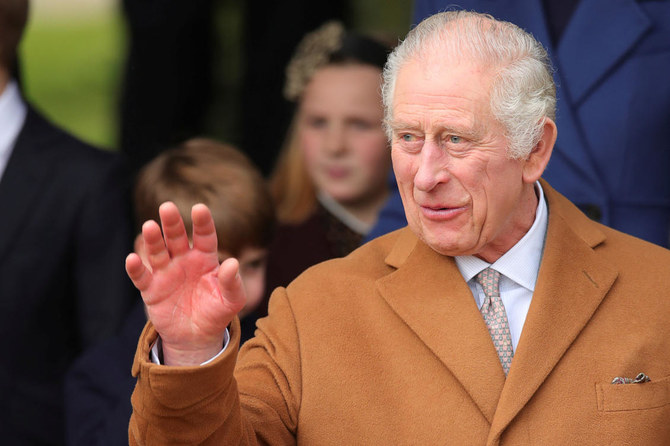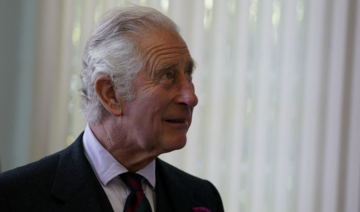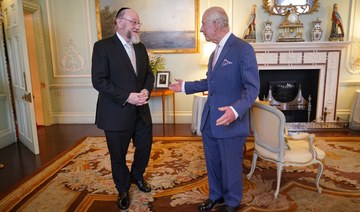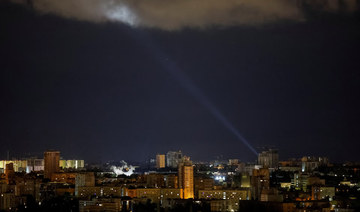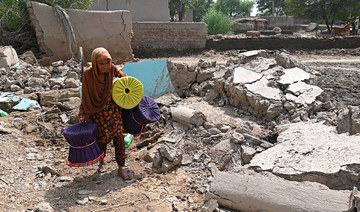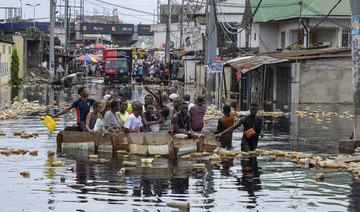LONDON: King Charles III has evoked environmentalism and the need for peace around the world in the second Christmas Day message of his reign — and his first since being formally crowned monarch in May.
Addressing the country and beyond from Buckingham Palace, the 75-year-old sovereign spoke of finding “great inspiration” in the “growing awareness of how we must protect the Earth and our natural world.”
Standing next to a living Christmas tree — a first for the UK monarchy’s annual festive address — the eco-conscious king also said he was praying for peace, as conflict rages in the Middle East and elsewhere.
“To care for this creation is a responsibility owned by people of all faiths and of none,” Charles said in the pre-recorded royal message broadcast on British television at 1500 GMT.
A long-term environmental campaigner who addressed the recent COP28 UN climate summit in Dubai, the monarch added that “we care for the earth for the sake of our children’s children.”
Ending his message by acknowledging “increasingly tragic conflict around the world,” Charles said he prays “that we can also do all in our power to protect each other.”
“The words of Jesus seem more than ever relevant: ‘Do to others as you would have them do to you’,” he added, noting “such values are universal.”
“They remind us to imagine ourselves in the shoes of our neighbors, and to seek their good as we would our own.”
Charles was formally crowned king at Westminster Abbey on May 6, eight months after ascending to the throne following the death of his mother, Queen Elizabeth II.
He has followed her well-established template of fusing current issues with a Christian framework for the annual Christmas broadcast.
In his first as sovereign last year, he hailed the “heartfelt solidarity” of Britons as the country grapples with the worst cost-of-living crisis in a generation.
Charles delivered that message from the Windsor Castle chapel where his late mother had been interred less than four months prior.
In apparent nod to his landmark coronation, Charles made this year’s address from Buckingham Palace’s Center Room, which opens onto the famous balcony overlooking The Mall where huge crowds gathered to celebrate in May.
Meanwhile continuing his lifelong environmentalism, the sparkling living Christmas tree on display was decorated with natural and sustainable decorations including hand turned wood, dried oranges, brown glass, pinecones and paper, according to the palace.
It will be replanted after the festive period.
Britain’s royals — including Queen Camilla, Charles’s son and heir Prince William and wife Catherine and their three children — maintained the tradition of gathering for Christmas Day at Sandringham, their private estate in eastern England.
The royal entourage attended a morning church service there before sitting down to lunch.
Charles’s younger son Prince Harry and his American wife Meghan, who acrimoniously quit royal duties in 2020 and relocated to California, were not present.



